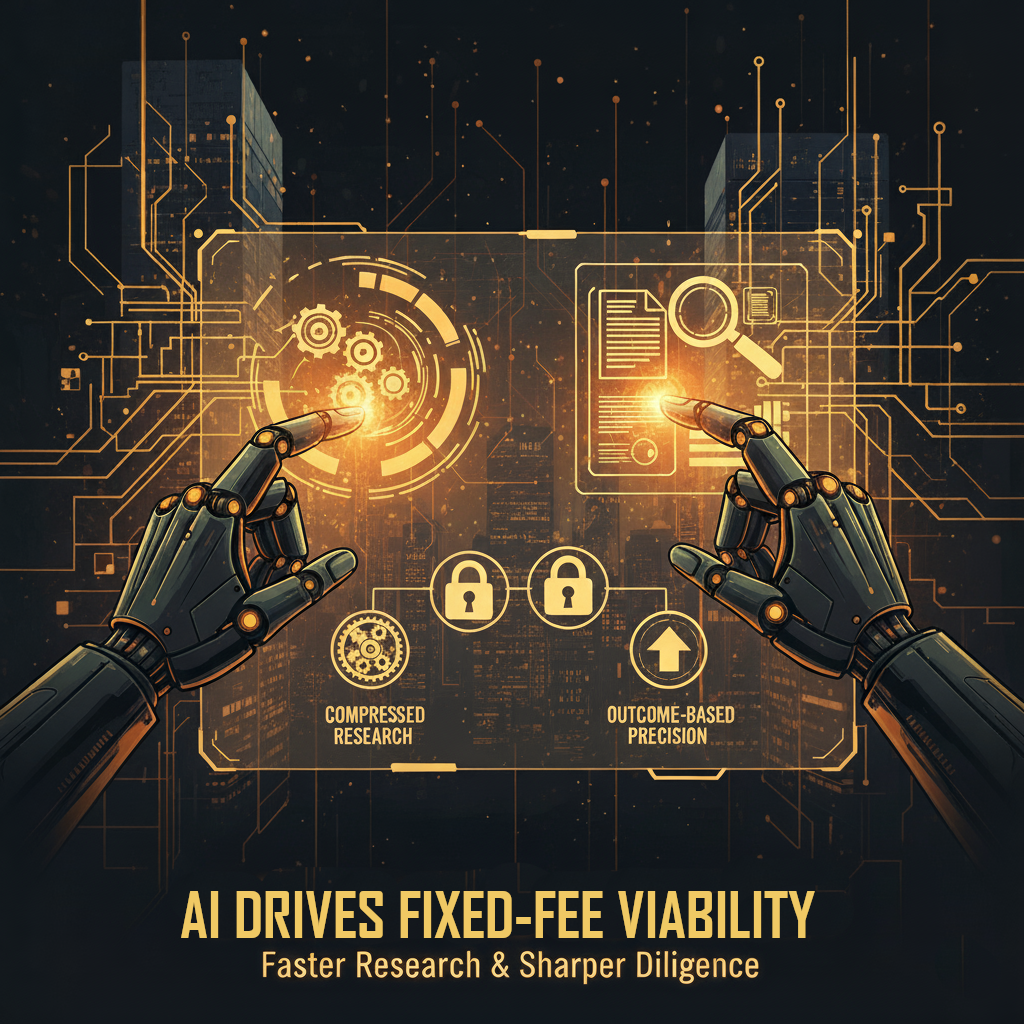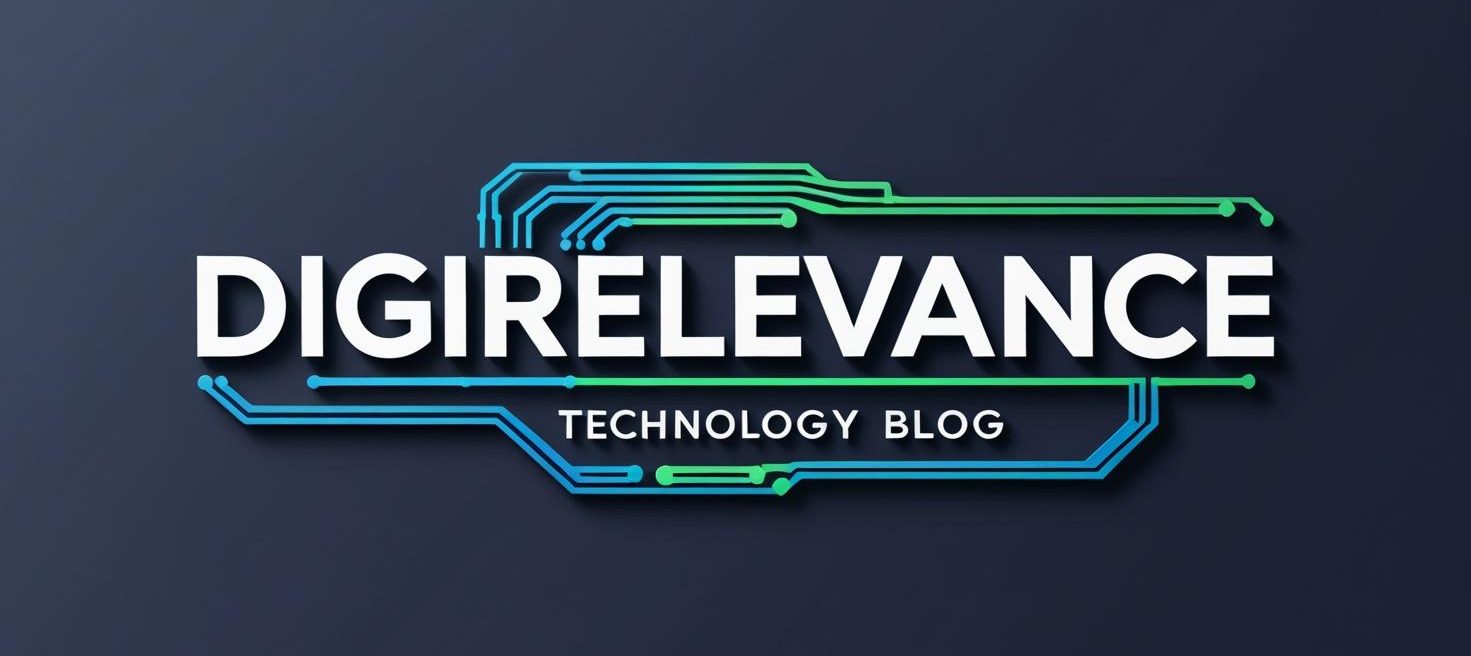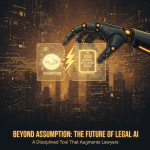
What happens to the billable hour when legal research is 40% faster and more accurate than last year’s best? LexisNexis’s launch of Lexis+ AI is the clearest signal yet that AI is moving from assistant to infrastructure. By fusing authoritative legal data with generative models tuned for legal reasoning, early adopters are reporting
materially shorter research cycles and sharper case law recommendations. The message to firms and in-house teams is blunt: the speed and depth of analysis available to your lawyers just changed, and clients will notice.
At the same time, Luminance is pushing the boundaries of document work with its “Luminance Enlight” release, adding deeper natural language understanding and predictive analytics to due diligence. The aim is simple and compelling—cut hours from document review while lifting accuracy on risk flags and clause variances. In a world where transactional timelines and litigation disclosures are compressed, shaving days from diligence can alter deal strategy and litigation posture, not just save costs.
Investors see the shift too. Eigen Technologies’ $60 million Series C underscores how contract analytics and document extraction are moving from “nice to have” to core infrastructure in corporate legal and compliance. This capital is fueling broader adoption of AI-powered contract lifecycle management to streamline review, compliance, and risk assessment at scale. When venture money flows at this level, it’s because the ROI story is moving from pilot to production.
Firms are reorganising to keep pace. Allen & Overy and Clifford Chance have expanded dedicated innovation teams focused on AI deployment, process redesign, and client experience, acknowledging that software alone won’t deliver transformation. I’m seeing a new hybrid competency emerge—lawyers, technologists, data engineers, and pricing leads working as one team to align use cases with matter economics and risk governance. The firms that embed AI into workflows and compensation models—not just tool stacks—will separate them from the pack.
The business implications are immediate. Outcome-based or fixed-fee work becomes more viable when research cycles compress and diligence precision rises, which could rebalance margins and client expectations. Mid – Market firms can leapfrog with platform choices, threatening incumbents who delay. Societally, faster triage and clearer insights could expand access to justice, provided firms pair AI gains with responsible supervision. The flip side is real: hallucinations, bias, and privacy risks demand robust controls, audit trails, and informed client consent.
So what now? Build a 90-day plan that inventories high-friction tasks, pilots two to three AI use cases with clear success metrics, and sets governance on data, privilege, and quality assurance. Retrain lawyers on prompt craft, verification techniques, and how to productise insight without defaulting to hourly incentives. Reimagine knowledge management as “answers and context” rather than “documents and search,” and be transparent with clients about where AI accelerates value and where human judgment still anchors.
Here’s a thought – if AI can deliver better answers, faster, should leading firms voluntarily cap hours and guarantee outcomes in defined work types—turning AI from a cost saver into a market-making promise?


